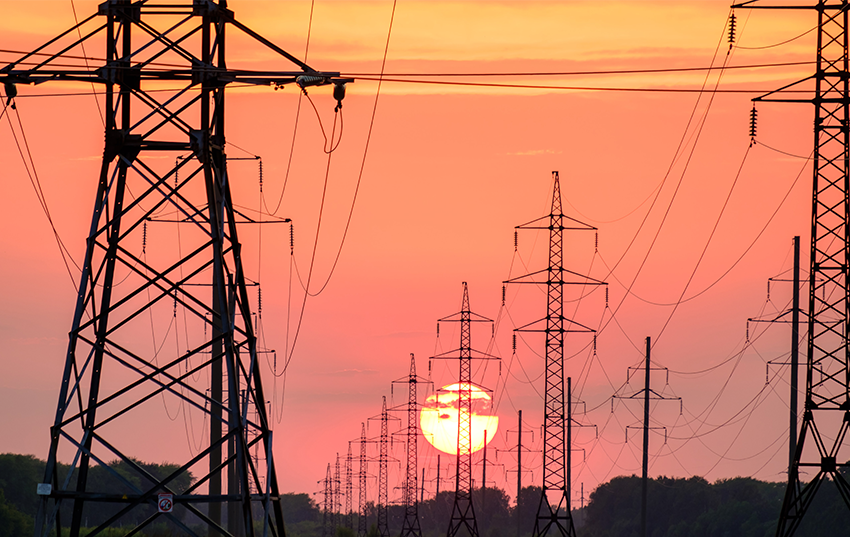
During Mobile World Congress in Barcelona, Telefónica Tech unveiled its predictive maintenance offering for electricity grids, which uses aerial surveillance drones to increase safety, improve quality and optimize costs compared to traditional inspection methods. The offering plays into the top drivers for power utilities to deploy IoT, which are to reduce time to resolution for power interruptions (45%) and improve worker safety (45%), according to the 451 Alliance Internet of Things survey.
Telefónica Tech’s offering is based on aerial surveillance by vertical takeoff and landing (VTOL) drones, which have a combination of fixed wings and propellors and are equipped with an optical camera, a thermal camera, LiDAR (remote sensing using laser light) and a gas sensor. The aircraft weighs only 5.5 kilograms, reaches a maximum speed of 100 kilometers per hour and has a range of up to five hours.
With this range, Telefónica Tech targets the surveillance of medium- and high-voltage lines. The company collaborates with several partners, and can choose different drones depending on the requirements for cameras and surveillance. The drones are controlled through Telefónica Tech’s Flight Management Platform, which is where flight missions are planned. The drones collect the surveillance data and, depending on the business case, transmit this to its platform in real time (or deliver the data post-flight) through 5G technology, where it is analyzed by artificial intelligence algorithms.
Pretrained algorithms combine the surveillance data with historical data from data historians and external sources to predict which assets require maintenance. Its drones can detect corrosion in grid insulators, detect excessive hot spots and identify SF6 leaks (a nontoxic gas used in high-voltage electrical equipment), which have a high environmental impact.
In addition to identifying this degradation in the transmission and distribution infrastructure, the drones can identify a number of vegetation use cases that might affect the performance and safety of the power lines, including identifying fallen trees, bird nests and weeds to prevent fires and outages. The drone surveillance is able to establish safety corridors and act as an early warning; the system can generate alerts if anomalies are detected, and indicate whether further inspection is needed.
Telefónica is focusing on predictive maintenance to improve the quality of the surveillance process and optimize costs compared with traditional alternatives, such as helicopter surveillance or surveillance routes by trucks to perform manual inspection. Additionally, it directly reduces occupational hazards by preventing employees from working at heights or near voltage, and improves the quality of work by providing high-precision images that can be processed in a safe environment. Depending on the customer’s needs, Telefónica works with its own analytics or with platforms in use by its customers, and is seeing interest from countries in Europe and Latin America, where it has a presence.
Want insights on IoT trends delivered to your inbox? Join the 451 Alliance.

